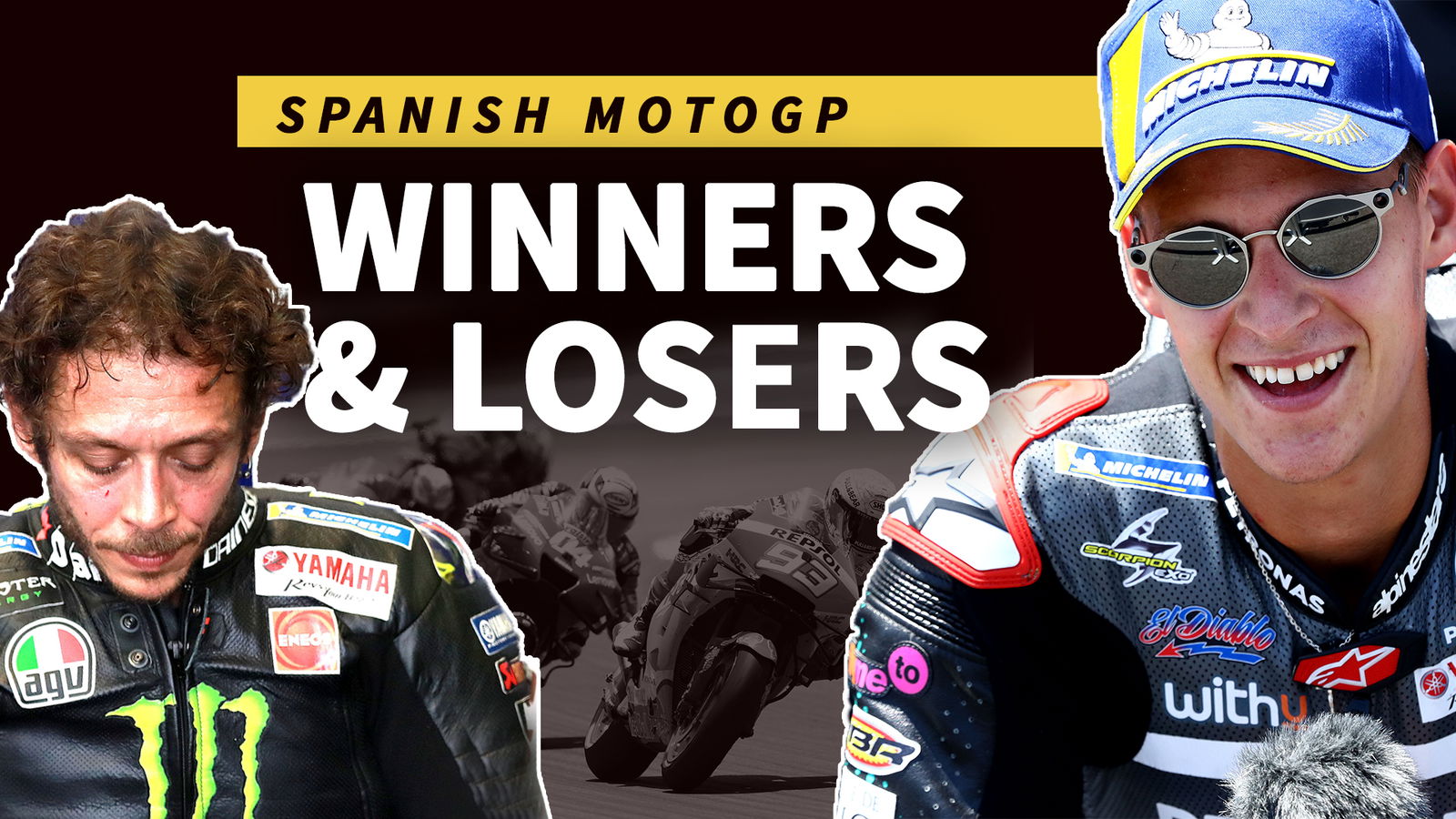Jerez MotoGP: Ducati ride-height system helps 'attacking, defending'
While other manufacturers are now introducing their own holeshot devices for one-off use at the start of a MotoGP race, Ducati's ride-height system remains a step clear by also being operational on other parts of the track.
Specifically, the evolution first debuted by Jack Miller at Buriram last year allows the factory-spec Ducati riders to lower the rear of the bike at will during hard acceleration onto a long straight.

While other manufacturers are now introducing their own holeshot devices for one-off use at the start of a MotoGP race, Ducati's ride-height system remains a step clear by also being operational on other parts of the track.
Specifically, the evolution first debuted by Jack Miller at Buriram last year allows the factory-spec Ducati riders to lower the rear of the bike at will during hard acceleration onto a long straight.
The performance benefits start with improved anti-wheelie on corner exit, continue with a slightly lower aerodynamic drag along the straight and end with better braking stability at the following corner.
But in a race situation, the system also acts as an overtaking aid, for a machine already formidable in a straight-line.
"We have this kind of device for a lot of time, me and Jack [Miller] from last year. It’s good," said Danilo Petrucci. "It's an improvement both for passing another rider and on another side for defending the position. We are quite good in acceleration and braking so it’s even more difficult to pass us.
"For sure it doesn’t change your life, but it helps a lot for the load transfer. [Some] other manufacturers use this device only for the start by getting the front down. For us it’s more important to load the rear. The bike is more stable and especially it’s lower. This means we can accelerate better and brake harder."
While the Ducati device is used at least once "every lap" it's not suitable for every corner since hard-braking is needed to release and re-set the system, which due to MotoGP regulations must be mechanically or hydraulically operated by the rider.
"We use it many times per lap and many times per race. We are not talking about tenths or hundredths. It’s a very small improvement that we can use for attacking or defending the position. It gives you 30 milliseconds more so you can stay side-by-side with a bike and try to be more aggressive in braking," Petrucci revealed.
Miller stalled on the grid at Buriram during his debut with the evolution device, which required a change in switch design from a wingnut located between the triple clamps to a pair of 'up and down' thumb-operated buttons on the handlebar.
"It’s just two buttons, but you have to be really careful to use it. You have to switch it off on the part of the track you don’t need," Petrucci said. "Sometimes it’s quite difficult to use it because it’s maybe between two corners, and the bike is shaking or you have to brake hard, change direction, change gear and switch on the device. So you have to do a lot of things, but for myself it was not difficult to get used to them."
But Petrucci did fear the long break from last year's Valencia season-finale to last weekend's Jerez season-opener might mean he was a little rusty with how to use the device.
"I was really scared about if I remembered to use this device in the right moment, but in the end we are very, very professional and also Dovi started to use it in this GP and immediately he was able [to operate it correctly]," he said.
Aprilia also ran a (front-lowering) holeshot device last season, with Yamaha the first to join Ducati in racing a rear ride-height holeshot system at Jerez last Sunday. Suzuki (front) and KTM holeshot designs are known to be in the pipeline, while Honda riders have also been seen with some new handlebar switches.
Dovizioso was the top Ducati rider in third place at the Jerez season-opener. Fellow GP20 riders Miller, Francesco Bagnaia and Petrucci were fourth, seventh and ninth respectively.


